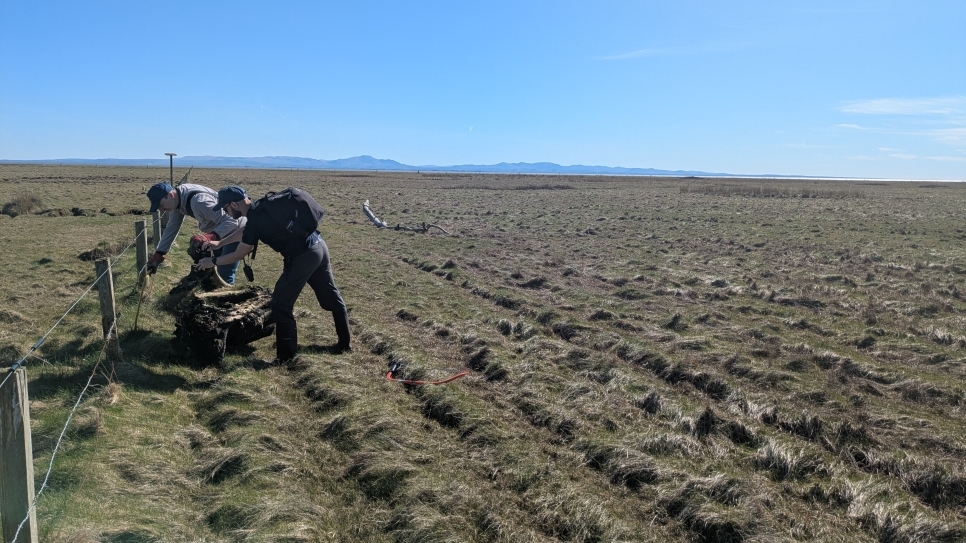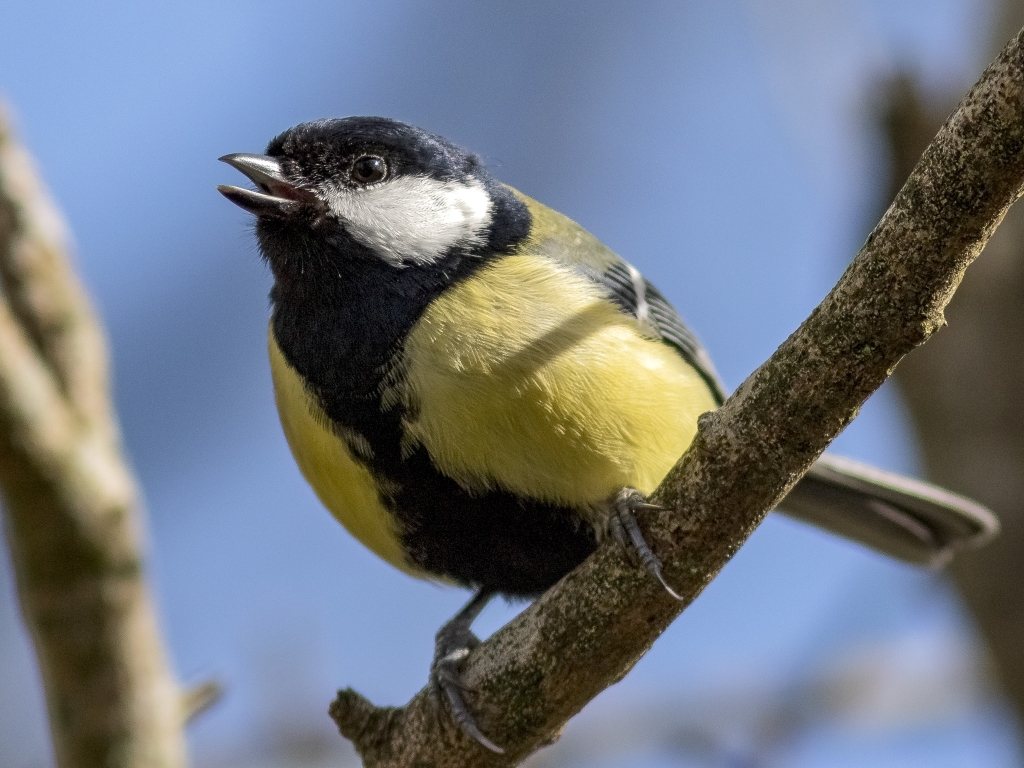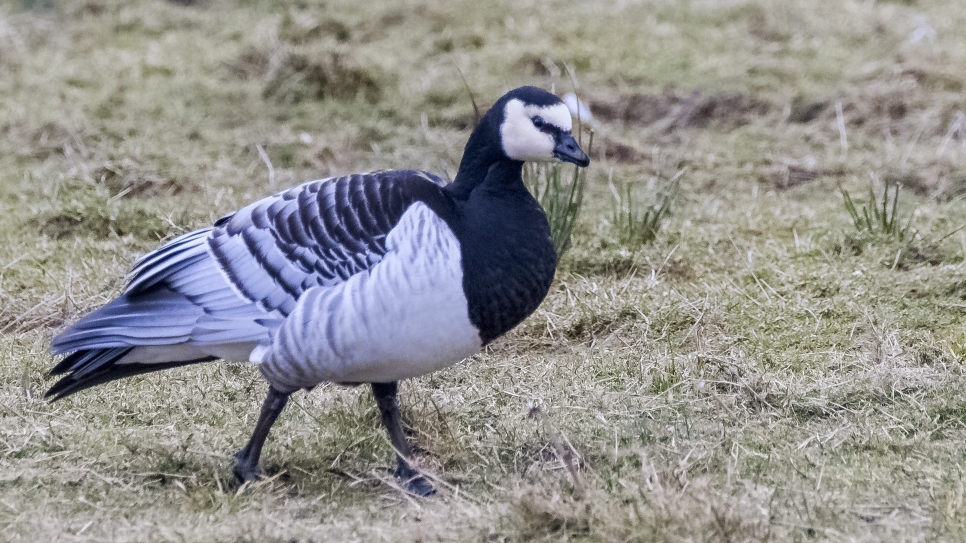Me, a birder?
I am the first to admit that I am not a big birder. I like birds. I’ve got bird feeders in my garden. But that’s about as far as it goes. I’ve got a cruddy old pair of binos that belonged to a long dead relative and mostly use them to frown at birds perching on the hedge or using the bird bath on my patio.
Recently at Caerlaverock, there was a red-necked phalarope. A very small and rare wader, it had probably been blown off course or sheltered here against the strong winds. Caerlaverock is a good spot for it to look for food to build up energy reserves before heading off again. I decided to take a “well if I see it, I see it” attitude because I wasn’t expecting it to still be here when I arrived at work that morning. I stepped into the office and immediately Jake told me it was still on the pond and that we needed to close part of the summer trail so as not to disturb it. I squirrelled that information away, hoping I would be able to go out and take a look in the afternoon maybe. I settled down to make up some signs to tell people about the summer trail but moments later, there was a chap on the visitor centre door. At 8.50 in the morning! The birders had arrived.
Before long, there were dozens of people waiting to get out onto the reserve. We had put the phalarope up on our social media to let people know it had dropped in and apparently EVERYONE had heard about it.
Having checked the visitors in and pointed them in the right direction, I was finally able to get back to my desk and see what all the fuss was about: I was very pleasantly surprised. Red-necked phalaropes are not only tiny and few, but also feminists (my kind of bird!): unusually, the female is the more brightly coloured of the pair and leaves all the childcare to her male counterpart – very cool and subversive of her.
There was finally a quiet moment in the afternoon so I headed down to the Peter Scott Observatory. I noticed a group of people on the left with their binoculars and fancy cameras looking at a tiny white wader out on the pond. I went over and had a look through my own binos. There it was: the phalarope. I stayed and watched it for a while, chatting to the others about its migration and breeding in Shetland. I listened excitedly and jotted down the bird on my list.
And that was when I realised I had transcended: I had become a birder.
Words and photo by Marianne Nicholson



